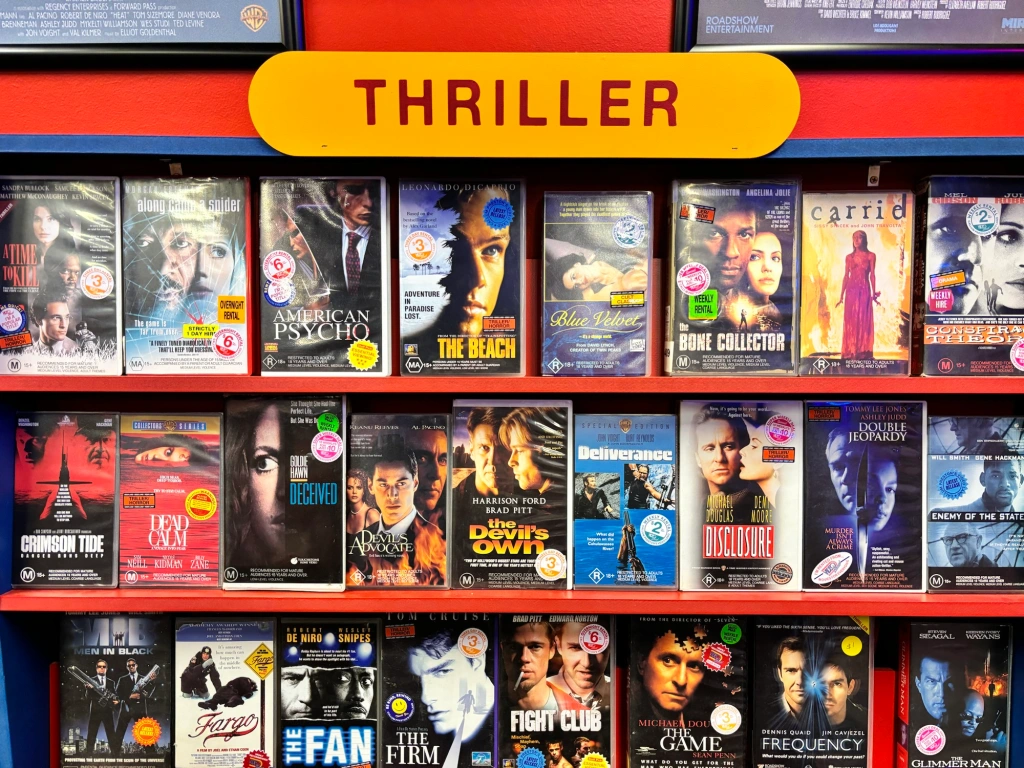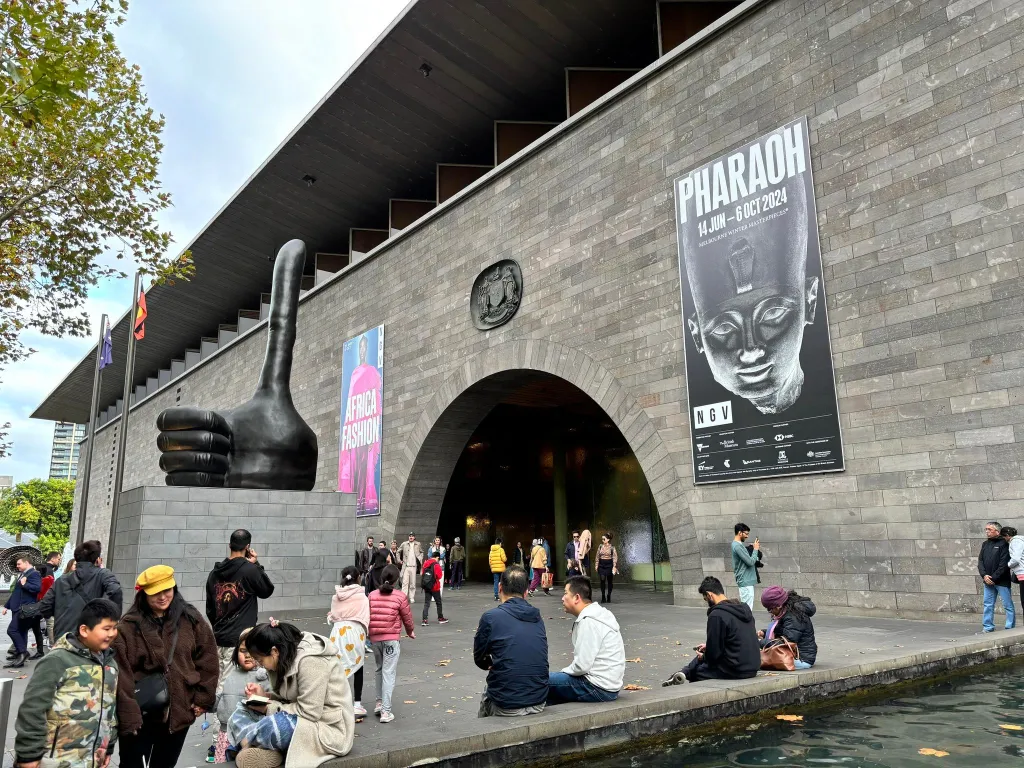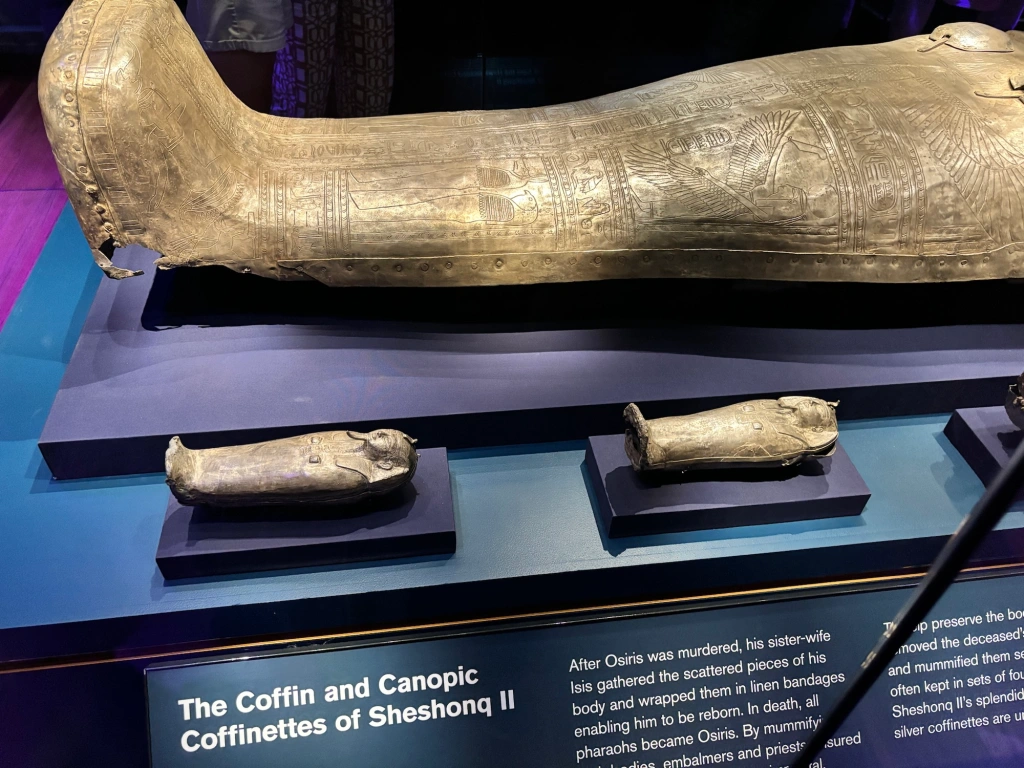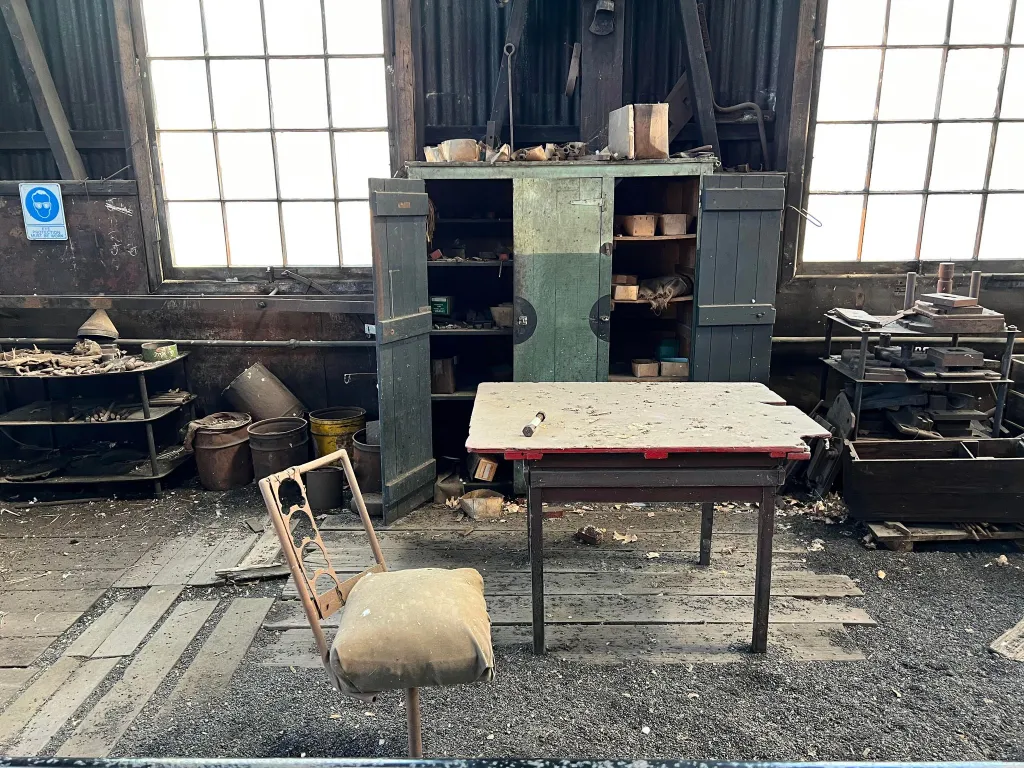I’ve been looking for an opportunity to post about this conference but in light of ‘gestures to everything’ haven’t really found the time or headspace to do so. Now I’m at the start of an extremely busy but productive and (hopefully) fun week. I feel inspired to take a moment and reflect on this conference because there were some great themes discussed surrounding museums and digital education programs. I was especially excited for this conference for two main reasons. Firstly, some of my favourite presentations at previous MuseumNext conferences have been regarding education. Secondly, our Museum started developing a digital education program in 2021 to be rolled out in 2022 so I was interested in any tips and tricks. I am going to provide a recap of the three days using the notes I took during the conference in October last year. I tried to write down the main points from each talk and I’d like to share some of my highlights.

Day One
A main theme of the conference was collaboration. More specifically, collaboration between museum workers and teachers/schools in order to produce accessible and useful digital content. There were quite a few talks that emphasised this as a necessity. Although something quite obvious, it was still excellent to hear about how that collaboration has happened and what worked/didn’t work.
The first presentation of the day by René van Blerk and Sarah Broekhoven from the Van Gogh Museum spoke to this theme. By developing a digital education plan that both improved access and increased awareness amongst teachers, the Museum was able to maintain its outreach during the pandemic and attract new audiences. They also raised another important theme of keeping things interactive where possible. Rather than programs that can be downloaded and watched, running live sessions where students can interact with the presenter and each other can often be more beneficial. The theme of accessibility was another significant one addressed and left me wondering how truly accessible are digital programs? Yes, they are online and can be reached by a far larger audience than those who can visit in-person, but how truly accessible are they? There are still barriers in place for schools and a few of the subsequent presentations touched on this issue. For example, there was a presentation on day three that discussed introducing a hybrid model of digital (ish) engagement sending resources and education objects to schools who weren’t able to dial in digitally.
Later on in the day we heard from Sarah-Jane Harknett and Kate Noble from University of Cambridge Museums and Fitzwilliam Museum respectively. This talk was interesting in that it delved into teacher professional development rather than education programs. The presenters held a live digital session for teachers in order to learn what they wanted from a digital program. Ideas of cross-curricular opportunities, creative inspiration and working with experts were all put forward by teachers participating. It sounded like a fantastic opportunity to collaborate.
To finish my recap of day one, I want to briefly mention two talks – one from Leena Svinhufvud at Design Museum Helsinki and the wonderfully titled ‘Digital is not the gateway drug you’re looking for’ by John Coburn and Rachel Briscoe at the wild Museum and Fast Familiar respectively. These talks offered two different ways to approach digital which I found quite refreshing. To digress slightly, what was great about this conference was the diversity of talks offering more than one best practice model for running a digital program. The emphasis on ‘who is your audience’ and ‘what do they want’ was overarching, meaning there was no right or wrong approach to integrating digital. For Svinhufvud, running a program for volunteers to digitally engage with objects and catalogue new material for an exhibition attracted a wide and interested audience. On the other hand, Coburn and Briscoe took a different approach centering people and not objects in their digital programs. Although they used objects to start conversations, the emphasis was on peer-to-peer discussions and not on the object itself.
Day Two
Day two continued with presentations containing a lot of the same themes raised in day one. The second talk by Angela May from the Birmingham Museum of Art focused on how digital can be used to reach beyond the physical confines of your museum in a pretty dependable and accessible way. Again, they spoke to the theme of collaboration, consulting with teachers to ensure the museum’s programs met needs and expectations.
I also enjoyed the presentation by Stephanie Palade from the Museum of Contemporary Art which was a great how-to guide for initially setting up a digital program. Being aware of your parameters and actually drawing a distinction between onsite and digital programming was great advice. For the latter, rather than just replicating your onsite program online, it is advisable to have a digital-first strategy (or something similar) to distinguish what is needed for a digital audience/program and how this is different to an in-person audience.
Building on from the previous day’s theme of interactive, we had threads of the theme participation running throughout the presentations. In particular, the talk by Caitlin McMillan from Connected Learning Centre looked at how to develop a digital program where students can take (to an extent) control and direct their own learning guided by different interests and research. By conducting student-led research into a particular historical individual buried in Westminster Abbey, students could gain ownership of their project while still engaging with a heritage place. Last but not least, we had some great presentations emphasising the need for allocating resources to building a quality digital space that can increase accessibility and continue operating for years to come.
Day Three
For the final day of the conference, I want to share the learnings from Bridget Hanna’s talk from Museums Victoria. Hanna spoke to five principles of co-creating something digitally meaningful. These were interconnectedness through deep listening, collaboration, learn + reflect, empower innovation, and share a story. I particularly liked the addition of the final principle as who doesn’t love to share or listen to an interesting story. These five principles are great to remember if embarking on something digital.
The other talks from day three all linked back to the core themes of collaboration, accessibility, being interactive and participation. Keeping your audience, as well as your goals and vision, at the centre of a digital experience will mean a more successful program than simply copying and pasting something already available.
Final Thoughts
Overall, this was a very enjoyable conference with many ‘take-away’ learnings and ideas. It has been such a great opportunity to join MuseumNext conferences digitally and be exposed to a whole new international forum. Seeing how museums around the world are tackling common issues and shared goals/visions is always inspiring and a great way to keep up-to-date.
Cover image: https://www.culture-connect.net/events/2021/10/18/museumnextdigitallearning








Leave a comment